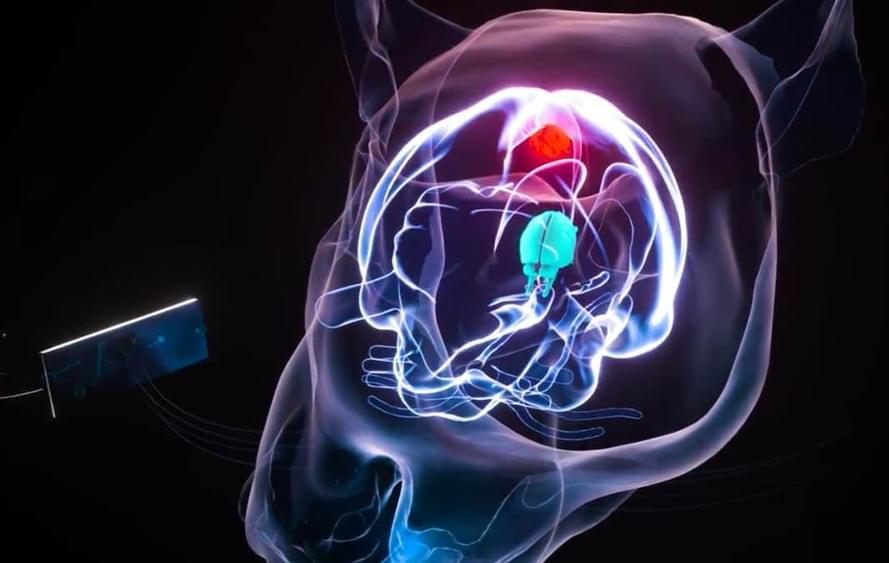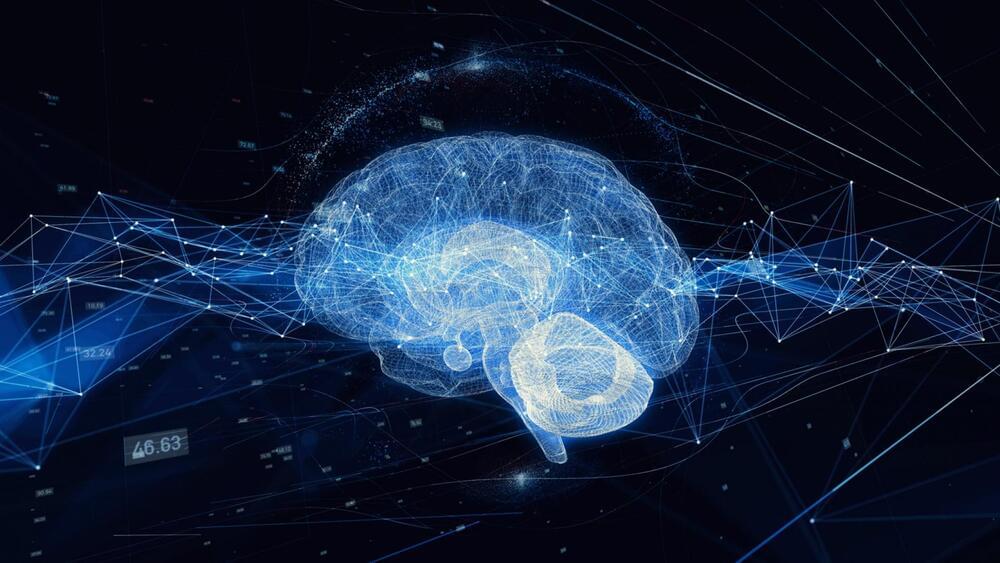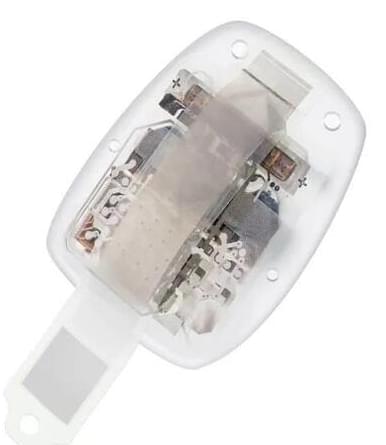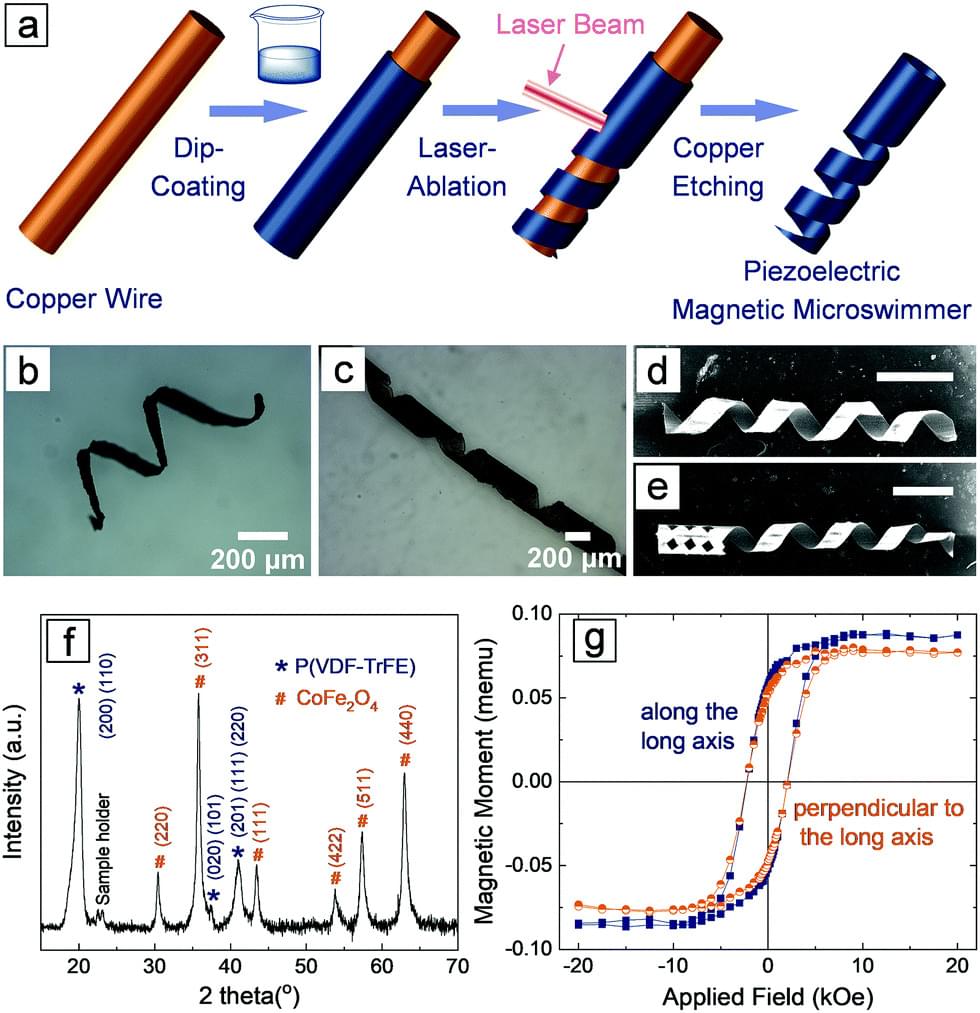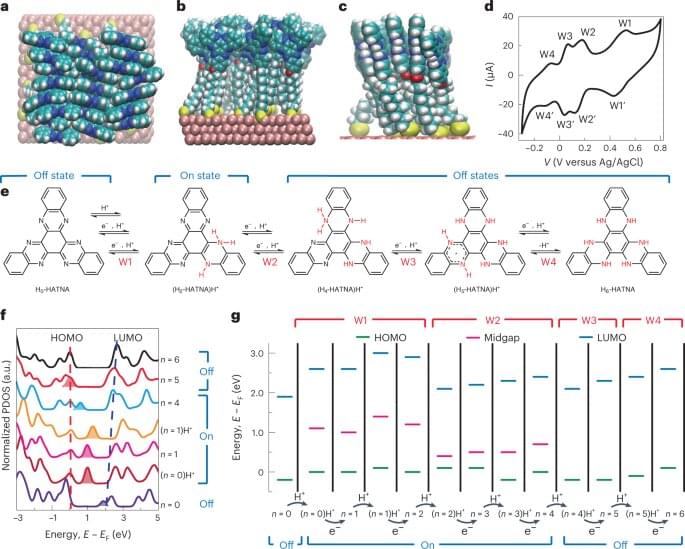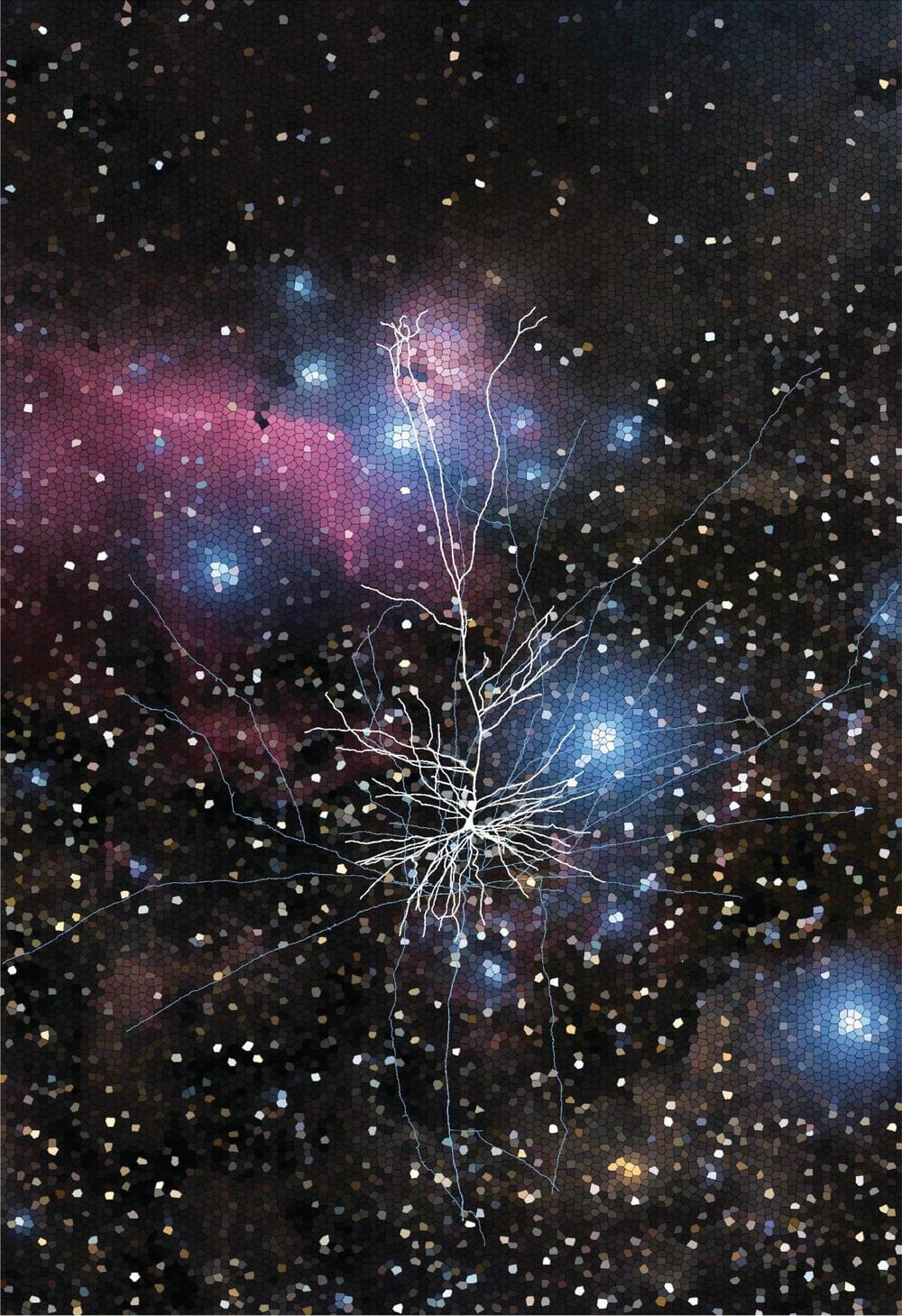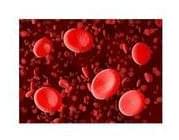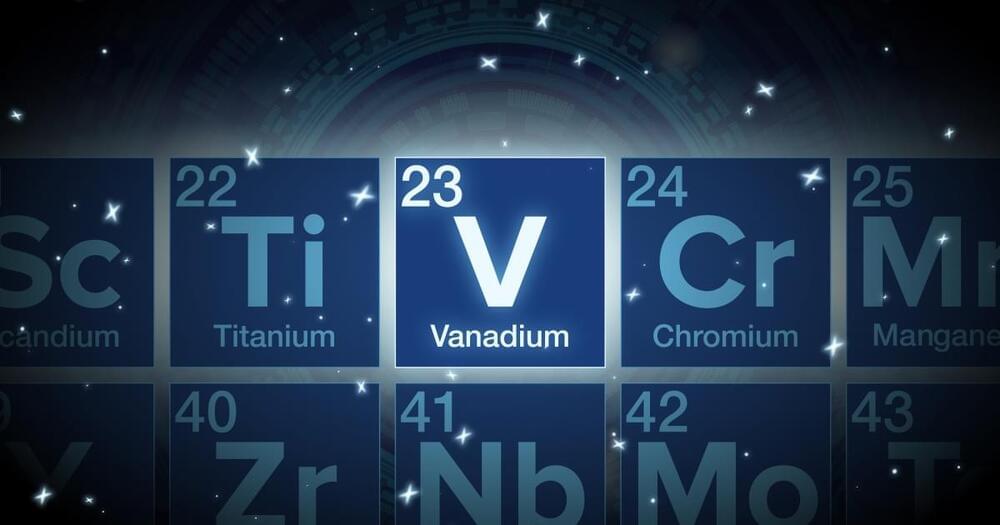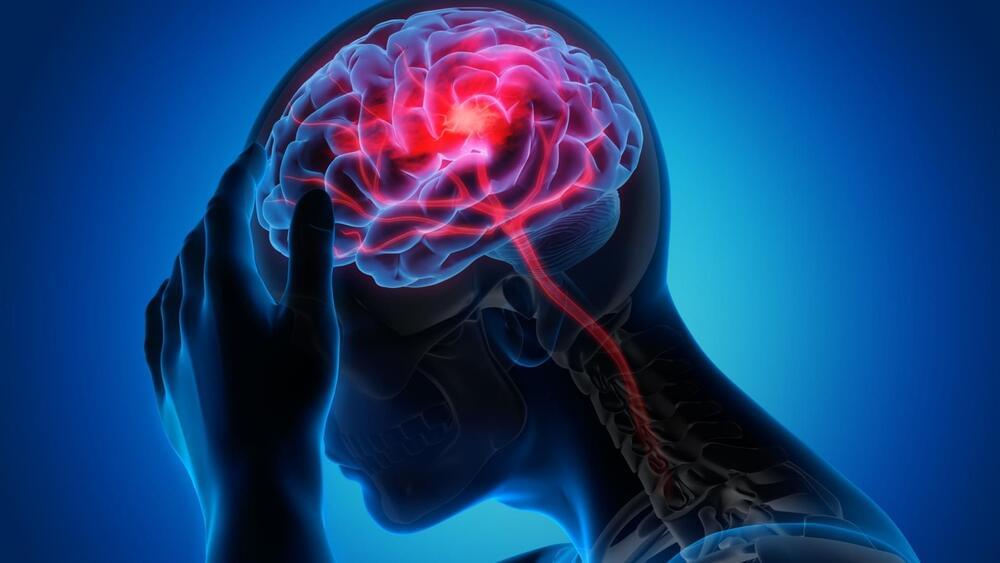Medical television shows sometimes depict thoughts skipping across the brain as action potentials that ignite like exploding stars. While it looks dramatic and impressive, today’s brain-imaging technologies can’t visualize brain activity so sensitively. A new magnetic resonance imaging (MRI) technique called DIANA – direct imaging of neuronal activity – may get us closer, though.
An alternative to BOLD fMRI
A brain signal begins with an action potential caused by rapid changes in voltage across cellular membranes. Researchers involved in this proof-of-concept study, reported in Science, say that DIANA might measure this neuronal activity by capturing the intracellular voltage of a group of neurons.
